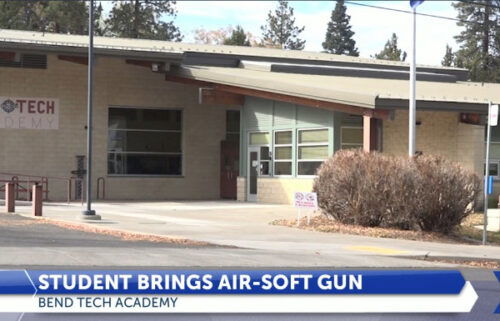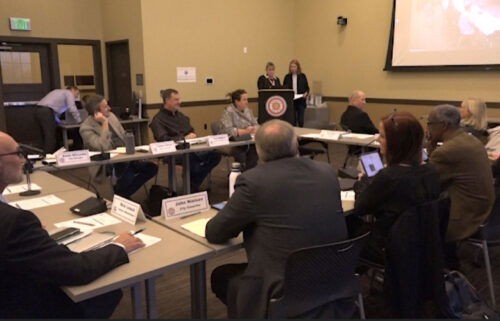Canada does little prescribed burning, forest thinning

The devastation from the fire that tore through Fort McMurray, Alberta in recent days brings to mind the blazes Central Oregon has seen and battled over the years. But unlike the U.S., Canada has sharply limited prescribed burns and has done little other fire prevention work, a professor said Monday.
Prescribed burns were used more frequently in Canada from the 1960s to 1990s, Lori Daniels of the University of British Columbia’s Department of Forest and Conservation Sciences, told NewsChannel 21 on Monday.
Since then, she said, “Changes in our laws and changes in issues around liability and human health have restricted the amount of prescribed burns. At the same time, residential areas (close to forests) have been growing.”
Central Oregon fire prevention strategies are vastly different.
“We’re actually trying to accelerate the amount of prescribed burning we do,” said Alex Enna, assistant fire management officer with the Deschutes National Forest.
It’s not the only tool they’re using. Forest thinning is another essential part of fire prevention nowadays.
“It’s in an effort to create a fire safe community,” said Shannon Berg with the Bend-Ft. Rock Ranger District.
Living in a fire-adapted ecosystem comes with a price.
“There is the inconvenience of smoke in the air,” Enna said.
In British Columbia, fuels have built up over two decades of fewer prescribed burns.
“When fires start, whether they’re prescribed or natural, they actually burn hotter,” Daniels said.
Experts say the type of forest in Alberta called boreal forest, is less ideal for prescribed burns.
“You can expect the fires to be less frequent, but more severe,” Enna said.
But Daniels said there are many other things that can be done in boreal forests, like thinning and keeping defensible space.
“Those sparks that were coming off the fire (in Alberta) were carried for a whole kilometer,” Daniels said. “Our rule of thumb in B.C. is that we look for a 2-kilometer buffer.”
Daniels said there were many factors regarding why the Fort McMurray fire blew out of control so quickly — high winds and drought conditions among them.
But Daniels added that the massive blaze makes clear more needs to be done in Canada to thin forests and create defensible space around communities.



